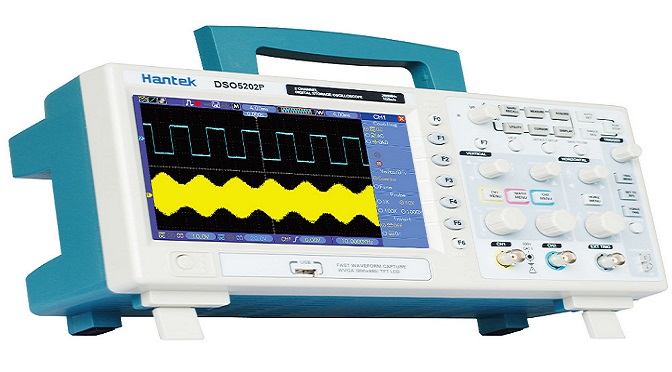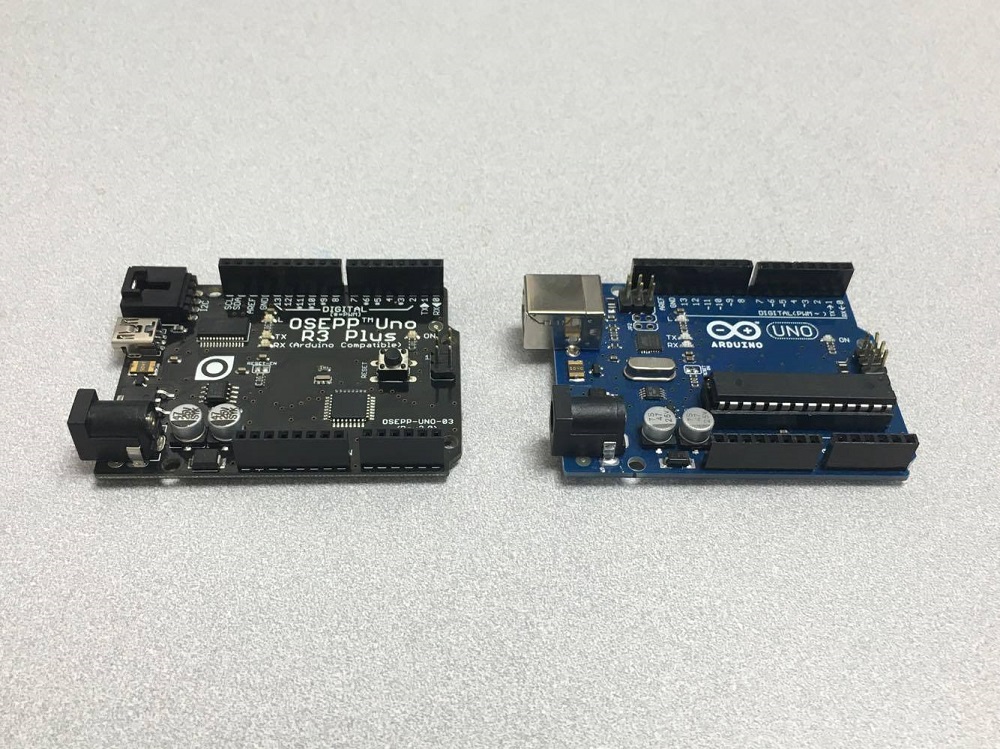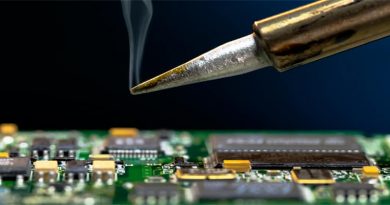Troubleshooting a Push-Pull Amplifier Using the Hantek DSO5202P Digital Oscilloscope
A push-pull power amplifier that was exhibiting higher than normal levels of distortion was used to demonstrate some of the features found in the low cost Hantek DSO5202P.
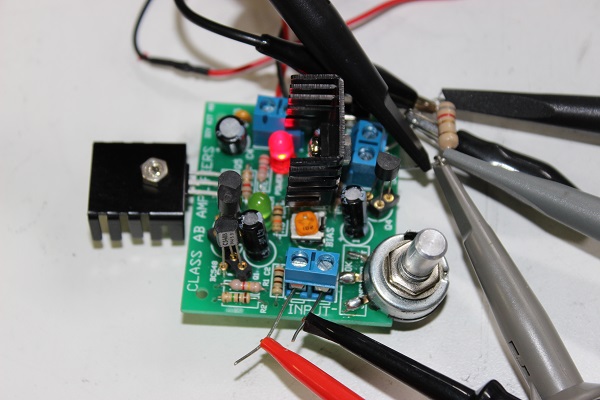
The troubleshooting operation was also performed using a Fluke portable DSO, to compare various models presently available to the technician and engineer.
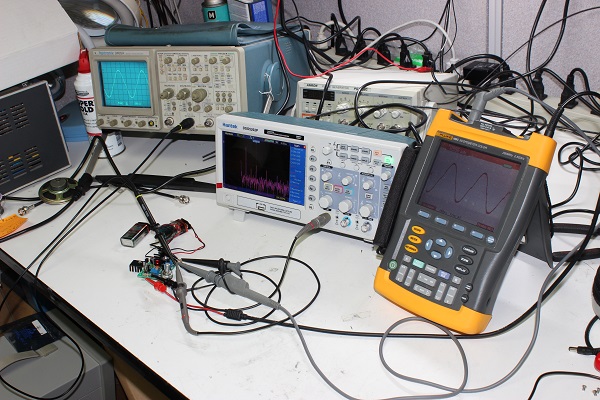
These units vary in cost from a few hundred dollars for the Hantek, to several thousands of dollars for the Fluke.
A 1 Khz sinusoidal signal was used as the input source and the waveform was monitored from input to output with both scopes.
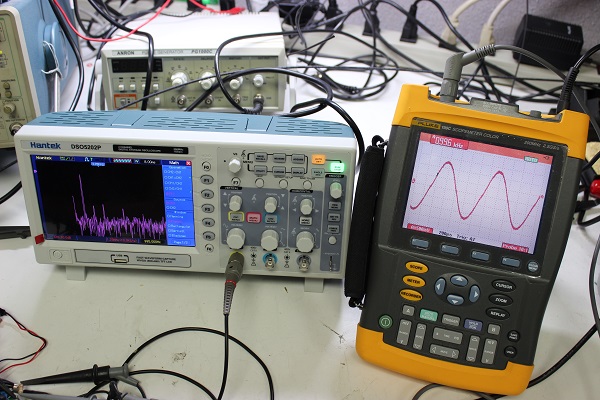
Screen shots of the two scopes illustrate the essentially identical waveforms displayed on each of two DSOs.
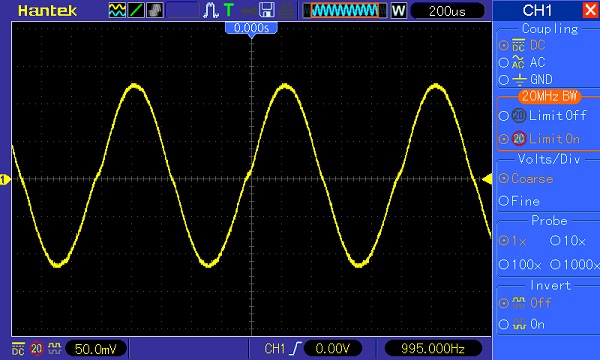
Since any semiconductor amplifier has non-linearities inherent in the devices, we naturally expect to see distortion products produced even in a properly functioning circuit.
Minor amounts of distortion are to be expected and are extremely hard to see as is evidenced in the attached waveforms.
The Hantek DSO5202P scope has advanced features not available in the Fluke model that allow us to zoom in on the distortion produced in the amplifier stages.
The FFT feature allows viewing the waveform in amplitude vs frequency format that makes the distortion products much more evident.
The screen shots of the DSO5202P shows noticeable frequency content at 3 Khz and 5 Khz which are the third and fifth level harmonic products typically found in a waveform that was experiencing crossover distortion.
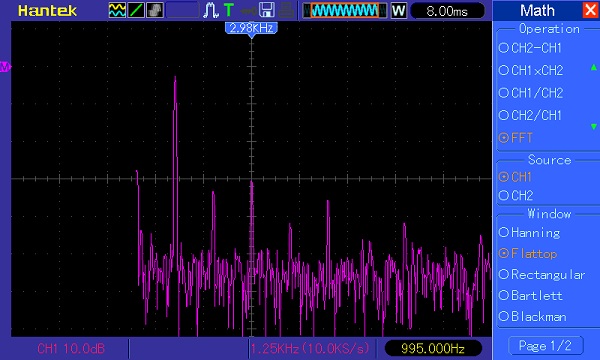
Once the distortion levels were displayed, it became much easier to pinpoint the source of this distortion.
The cause was tracked down to improper dc bias levels in the intermediate stage of the amplifier circuit.
Although the troubleshooting operation was possible using either the Fluke or the Hantek scope and the waveform quality was essentially identical.
The FFT capability of the Hantek scope allowed much more efficient tracking down of the elusive crossover distortion caused by the defective bias setting circuitry.
